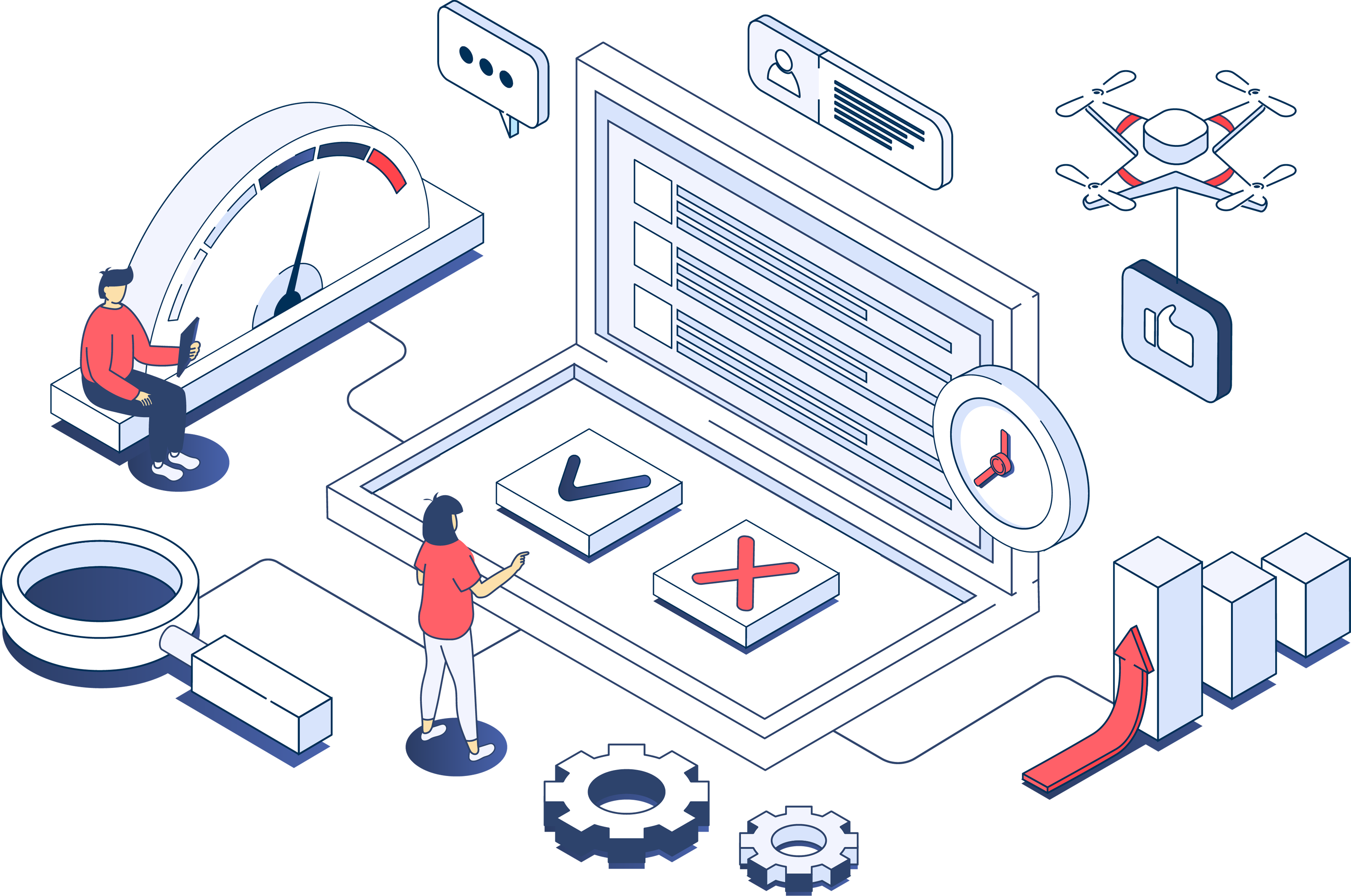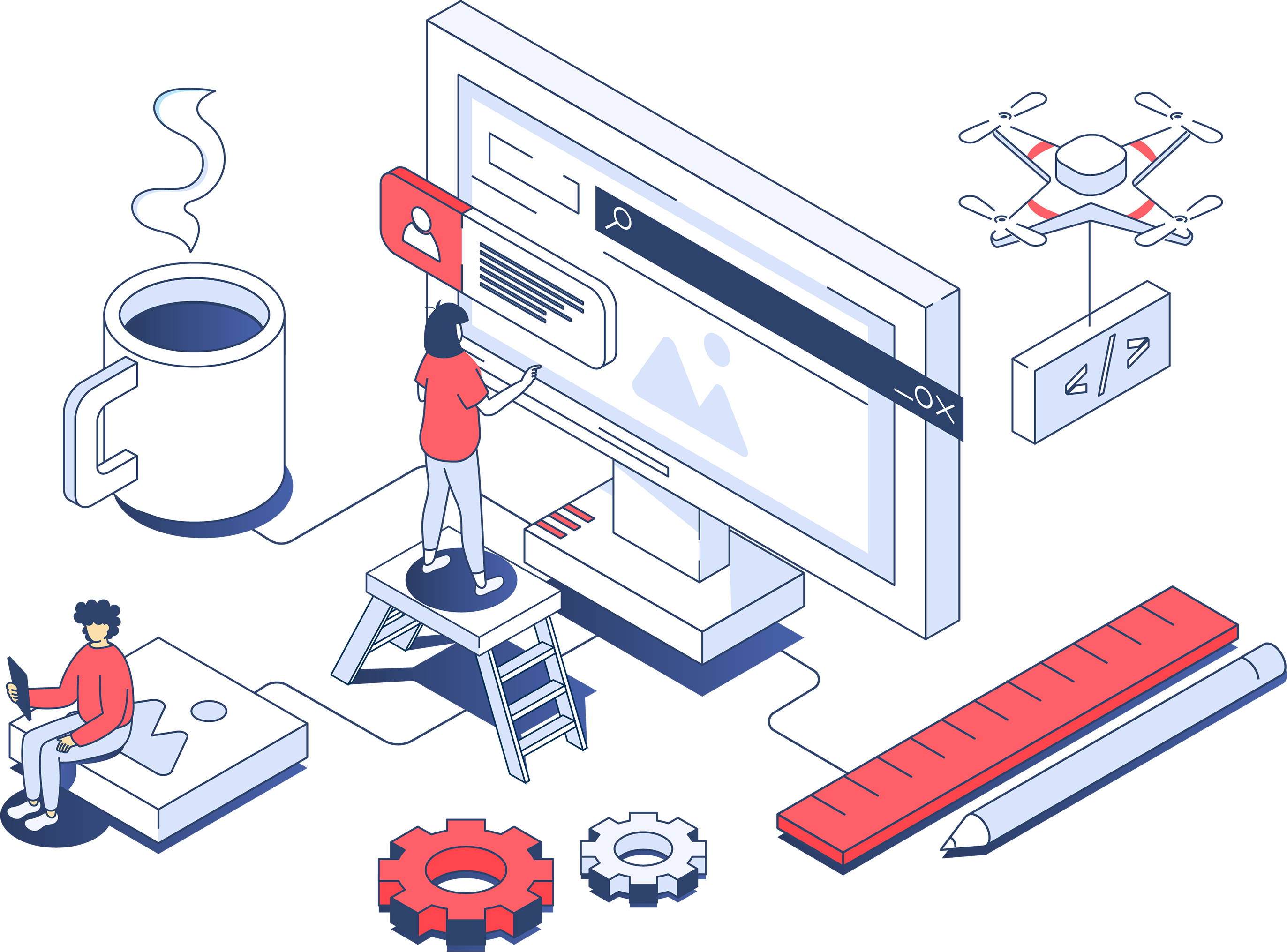Outsourcing High Tech Limited (OutHT) provides software engineering and applications development through the delivery of services in four key areas: Software QA Testing, Prototyping, Coding, and Support; with execution performed with discipline and rigor. Our services are offered as information technology contract engagements that are formally executed based on established project plans, with properly allocated human capital, utilizing agreed technical resources, and specific platforms.
Project Managers
Project managers assigned to specific engagements generally have 10 years or more of information technology experience, has practical past performance on the specific technologies being applied, and may possess domain knowledge of the targeted business applications or industries.
Software engineers
Software engineers and applications developers allocate to specific projects may individually possess 5 years or more of experience on the affected languages, databases, platforms, and networks specific to assigned engagements; and are required to become familiar with clients' unique circumstances.
 Quality Assurance
Quality Assurance
Software QA Testing is performed on a product or application by independently verifying and validating the accuracy of functions and the integrity of data. Usability Testing is performed to assess the human factors engineering applied in a system design. QA may be manual or automated and results in a documented set of defects reporting failures in functions, data integrity, usability, and test cases.
Quality Assurance (QA) in development ensures a robust and reliable end product. Stats reveal that effective QA can reduce defect detection costs by up to 50%, highlighting its importance in early bug identification, functionality verification, and overall risk reduction, ultimately leading to customer satisfaction and product longevity.
 Prototyping
Prototyping
An analogue is created of complex aspects of a software product or business application as a prelude to the actual coding. This enables users to critique the appearance and behavior of a sophisticated system before significant or irreversible investment. A prototype may be developed using disposable artifacts, or may be engineered on the same software constructs and platform intended for the final product.
Prototyping is a key step in validating design ideas. It allows for early detection and correction of design flaws, saving time and resources. Prototypes enable real-world testing, user feedback integration, and refining user experience, making them essential for ensuring the feasibility and effectiveness of a product before full-scale development.
 Coding
Coding
OutHT creates software products and business applications by applying rigid disciplines in software engineering and applications development. Coding transforms user requirements or design specifications into functional systems that facilitate processing logic and business transactions. The resulting systems are packaged for custom installations or mass distribution by enforcing effective license management.
Writing good code is fundamental in software development. Quality coding reduces future bug fixes and maintenance needs, thereby saving time and resources. It ensures scalability, reliability, and ease of integration, directly impacting the product's performance and longevity. Good coding practices are crucial for building efficient, error-free software.
 Support
Support
Technical assistance and maintenance upkeep are provided for systems developed by OutHT, and other independently developed systems. Support is executed as post delivery engagement formally administered by tracking the resolution and closure of all reported issues. A productivity log summarizes the issues addressed, the average delivery timelines, and improvements in systems stability.
Support plays a vital role in the development cycle. It includes technical assistance, resource allocation, and addressing user feedback, which are essential for ongoing product improvement. Effective support systems contribute to the product's adaptability and longevity by ensuring that the development team can promptly respond to challenges and changing market needs.


